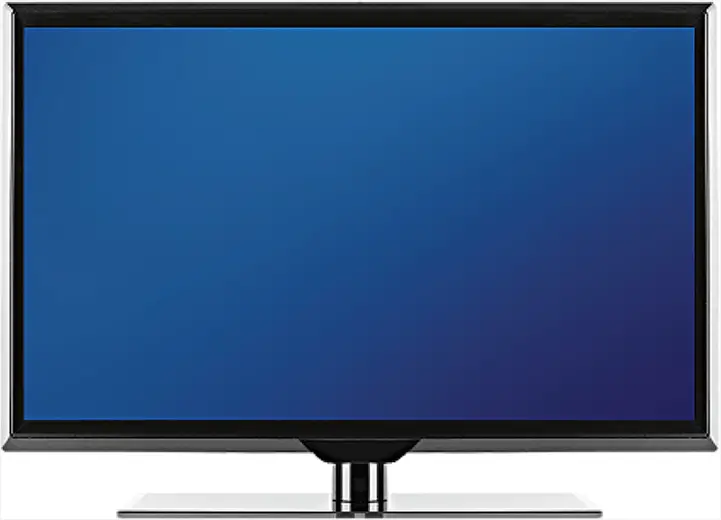Q. I have a fairly new TV, but today when I turned it on, it was just a blue screen. No picture. No channels. I know that can happen on a computer, but on a TV? Is there anything that can be done about this? — Heidi, West Hollywood, California.
Heidi, today’s televisions are just as sophisticated and complicated as some laptops and personal computers. Consequently, you might experience some of the same problems that you normally see on a computer, such as the dreaded ‘blue screen of death,’ as many in the PC world call it. The blue screen is displayed when your set’s internal software crashes, or the device that’s connected to the TV has an issue.
But don’t worry. There are several things you can do to fix the picture, or at least determine if the problem is your TV or something else.
1. Before you do anything, make sure your TV’s receiver or streaming device is on and your cables are connected securely. You would be surprised at how often cables get jostled by a pet, kid or something else, and become loose. If the receiver/device is on and the cables are okay, and you still get a blue screen or a ‘No Signal’ message, go to #2:
2. Pick up your remote and hit the Input or TV/Video button to see if there’s a signal coming from another source connected to your TV, such as a Blu-ray player or game console. For example, if you have your cable receiver/streaming device connected to the HDMI1 port and it shows a blue screen or No Signal message, hit the Input or TV/Video button until it goes to another HDMI port where you have another device connected. If the second HDMI port also shows a blue screen — and you can’t find a signal or picture or any other port — go to #3.
(Note: If you only have one device connected to your TV, such as a cable or satellite receiver, try connecting it to a different HDMI port. If the second port still shows a blue screen, then go to #3.)
3. Reset the receivers and your TV by unplugging them for about 20 seconds. During this time, also take the HDMI cables out. Then re-plug everything and reconnect your cables.
If you still don’t get a picture, go to #4.
4. At this point, we’re running out of options. If you only have one device connected to your TV, it’s possible the device is the problem. For example, you may need a new cable or satellite receiver, or streaming device. But if you have multiple devices connected to your TV, and you can’t get a picture on any HDMI port, then it’s likely not a device problem. It’s probably an issue with your TV. I would call your TV’s customer support team and ask for help.
One last note: If you have an A/V receiver connected to your TV, make sure it’s programmed correctly for video. It’s possible the A/V receiver’s Video On feature was turned off by an electrical surge or something else. This happened to me once — I turned the Video feature back to On and suddenly that bad blue screen was gone.
Heidi, hope that helps. Happy viewing, and stay safe!
Need to buy something today? Please buy it using this Amazon.com link. This site receives a small portion of each purchase, which helps us continue to provide these articles.
Have a question about new TV technologies? Send it to The TV Answer Man at swann@tvpredictions.com. Please include your first name and hometown in your message.
— Phillip Swann

